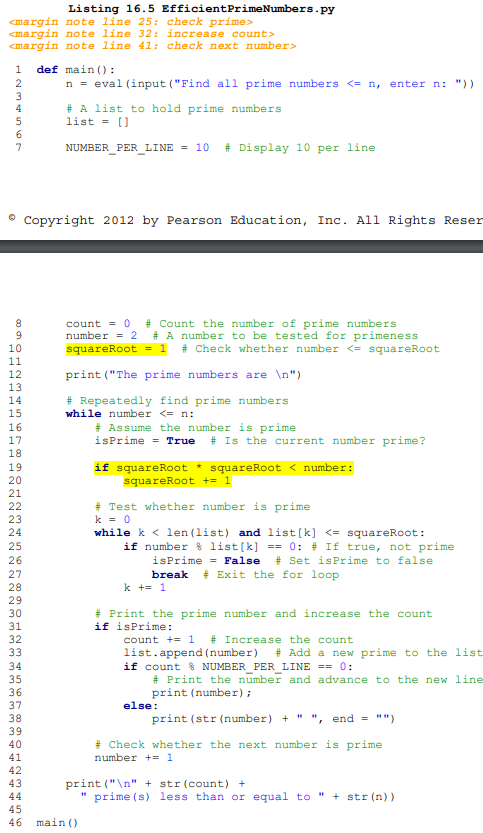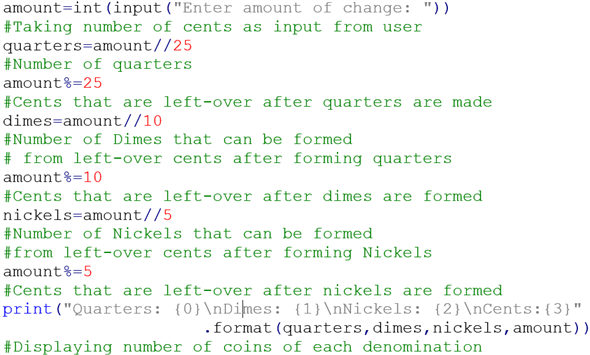Get information related to An Introduction To Programming Using Python David I Schneider Pdf that you’re searching for in this article, hopefully it can assist you.

Introduction to Programming using Python: A Comprehensive Guide by David I. Schneider
In today’s rapidly evolving technological landscape, coding has emerged as an indispensable skill. Mastering programming languages such as Python opens doors to countless opportunities in various fields, from software development to data science. This article delves into the fundamentals of Python programming, taking cues from David I. Schneider’s acclaimed book “An Introduction to Programming using Python.”
Benefits of Python for Programming
Python is an incredibly approachable and versatile programming language that offers several advantages for beginners and experienced programmers alike:
- Simplicity and Readability: Python’s syntax is remarkably clear and structured, making it easy for learners to grasp core concepts.
- Versatility: Embraced by a vast community, Python boasts extensive support for a wide range of applications, including web development, data analysis, and machine learning.
- Community Support: Python’s vibrant online community provides abundant resources, forums, and tutorials for learners to connect and seek assistance.
Understanding the Core Concepts
Data Types and Variables
At the heart of Python programming lies the concept of data types, which define the nature of data stored within variables. Common data types include integers, floats (decimal numbers), strings (textual data), and booleans (logical values). Variables act as containers, storing these data values and enabling their manipulation.
Control Flow
Control flow structures allow programmers to control the order of execution for their code. Conditional statements (e.g., if-else) and loops (e.g., while, for) provide the ability to make decisions or repeat a block of code multiple times, enhancing the program’s logic and flexibility.
Functions and Modules
Functions are reusable blocks of code that perform specific tasks and can be invoked as needed. Modules, on the other hand, bundle together related functions and data, allowing for code organization and reuse across multiple programs.
Latest Trends and Developments in Python
AI and Machine Learning
Python has emerged as a formidable force in artificial intelligence (AI) and machine learning (ML). Its extensive libraries (e.g., TensorFlow, scikit-learn) facilitate the development of sophisticated ML models for tasks such as image recognition, natural language processing, and predictive analytics.
DevOps and Cloud Computing
Python is increasingly adopted in DevOps environments due to its automation capabilities and flexibility. Cloud platforms like AWS and Azure offer Python-based tools and services, making it convenient for developers to deploy and manage applications seamlessly.
Tips and Expert Advice for Python Learners
1. Start with the Basics: Master the fundamentals of data types, variables, and control flow before delving into more complex concepts.
2. Practice Regularly: Consistency is key. Dedicate time each day to coding and applying what you’ve learned.
3. Seek Community Support: Join online forums and communities to connect with fellow learners and erfahrened Python developers for assistance and inspiration.
4. Leverage Online Resources: Utilize the wealth of tutorials, documentation, and cheat sheets available online to accelerate your learning journey.
5. Build Projects: Practical application is crucial. Create real-world projects to apply your knowledge and gain a deeper understanding.
Frequently Asked Questions (FAQs)
Q: What is Python used for?
A: Python has a wide range of applications, including web development, data analysis, machine learning, and scientific computing.
Q: Is Python a beginner-friendly language?
A: Yes, Python’s intuitive syntax and extensive documentation make it an excellent choice for beginners.
Q: Are there any paid courses available for Python programming?
A: While there are many free resources available, there are also reputable paid courses and certifications offered by platforms like Coursera, edX, and Udemy.
Q: How can I learn Python on my own?
A: Self-learning is possible with the abundance of free online tutorials, books, and community forums.
Conclusion
The world of programming beckons, and Python stands as a formidable gateway. Embrace the concepts outlined in David I. Schneider’s “An Introduction to Programming using Python” and follow these tips to embark on your coding journey with confidence.
Are you eager to explore the exciting world of Python programming further? Let us know in the comments below!

Image: www.chegg.com
An article about An Introduction To Programming Using Python David I Schneider Pdf has been read by you. Thank you for visiting our website, and we hope this article is beneficial.